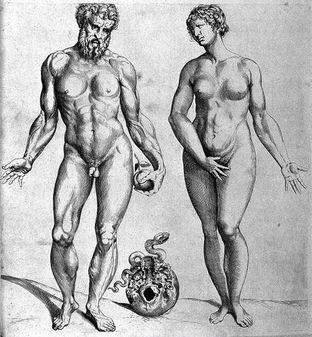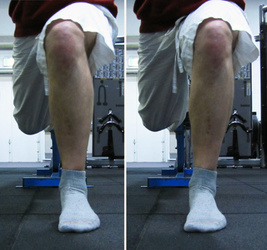|
The way to get better at a thing is via feedback. Feedback, unlike criticism, can come in many forms, and is absolutely necessary if your goal is to improve at a thing. My Kung Fu and Tai Chi students sometimes struggle to practice, because they lack confidence that they are practicing correctly.
We often mistake a lack of confidence for laziness, and wonder “why can’t I bring myself to this practice? What’s wrong with me?” and we find ourselves doing something else, even when we have the time to practice. Mostly I think, it’s about not quite knowing what to do, feeling adrift, or unsure of ourselves. We question our own methods and motivation, and on some level it’s very easy to wonder what is the point, if we’re not training rightly? This is one of the ways in which perfectionism can really get in the way of, well, everything. A Tai Chi teacher I know recently said that the belief you should be doing it perfectly is the number one reason why people don’t practice, especially beginners.
1 Comment
Injuries come in many forms. They may have been recent, or in the distant past, they may be a result of blunt impact trauma – you were hit by a thing – or they may be the result of wrenching or twisting movements, and they might occur as the result of poor movement dynamics over a prolonged period of time – there’s a lot to list, but the last example gets a lot of press these days; the idea that muscle imbalances and tightness results in joint dysfunction, which can manifest in injury and impaired mobility.
And then there’s the type of rehabilitation one might require because of all kinds of different illnesses, nervous system dysfunction, or severe trauma which really goes beyond the scope of this post. I would like to be able to write about these more challenging issues one day. But I might still lack the skill. Either way, I like to bring the same attitude to rehab that I try to bring to all my training: make it satisfying and valuable. It doesn’t have to be dull. Sets and reps are of secondary importance when compared to the broader framework of safe and enjoyable movement. Once you’ve got that base covered, then you can look at specifically useful movements, and you can think about appropriate loading parameters.  I read this great article the other day, and it reminded me that for many of us – when we are injured, and we go to the doctor, we are told that we should try to lose weight to keep pressure off our joints. It sounds good in theory, but in reality weight loss is not rehabilitation. We know that the dynamic interaction of gravity, weight and movement can create a great deal of pressure in our bodies. When running, the pressure your feet and joints have to negotiate can be around 300% of your body’s weight. I don’t mean to freak you out. The reality is this – if you weigh 100 kilograms and you manage to lose 10 – the difference in terms of stress applied to your joints? It’s negligible. We’re comparing 300 kilograms of impact forces to 270 kilograms. Losing weight will simply not give your joints the downtime you’re seeking. And if we consider further – protein isn’t just about rebuilding and repairing muscle after exercise. They talk about tissue repair in general fitness terms, but in reality – tissue repair is a pretty broad term, and it includes recovery from all kinds of injuries. Many people like to claim that it’s safe and achievable to shoot for a loss of up to 4 kilograms or 8 pounds in a month. If you’re losing weight at even half that rate, you’re ‘doing better’ than most, and frankly – for that to be possible, you’re most likely in a state of pretty serious dietary restriction.  Functional mobility is where strength and range of motion overlap. You’ll commonly see people who are strong, but immobile and who don’t move fluidly or with ease, and at the other end of the spectrum you’ll see people with seemingly great flexibility, but they might just have hyper-mobile or unstable joints. As such, functional mobility is defined not by range of motion or strength, but by both. If you can take your joints through a complete range of motion with stability, you’re mobile. And stability is all about strength and awareness. When I started squatting heavy and really building up my hamstrings, I found I could sink into the front splits much further. They say that weightlifting makes you tight, but because I increased my strength, I could stretch further without feeling vulnerable. Everything felt safer. It’s not about just stretching and increasing your flexibility in a passive sense – it’s about increasing your range of motion with strength and stability. If you’re very tight, you could develop a lot by learning to relax into a stretch, but probably what you want to focus on is being strong and stable in an extended, elongated or stretched-out position, rather than just trying to stretch further. |

